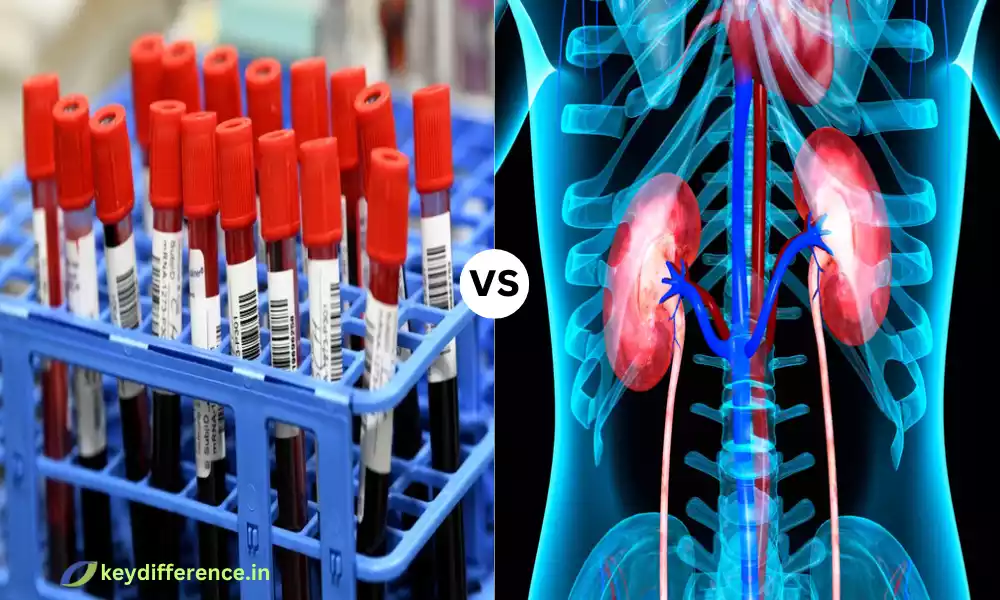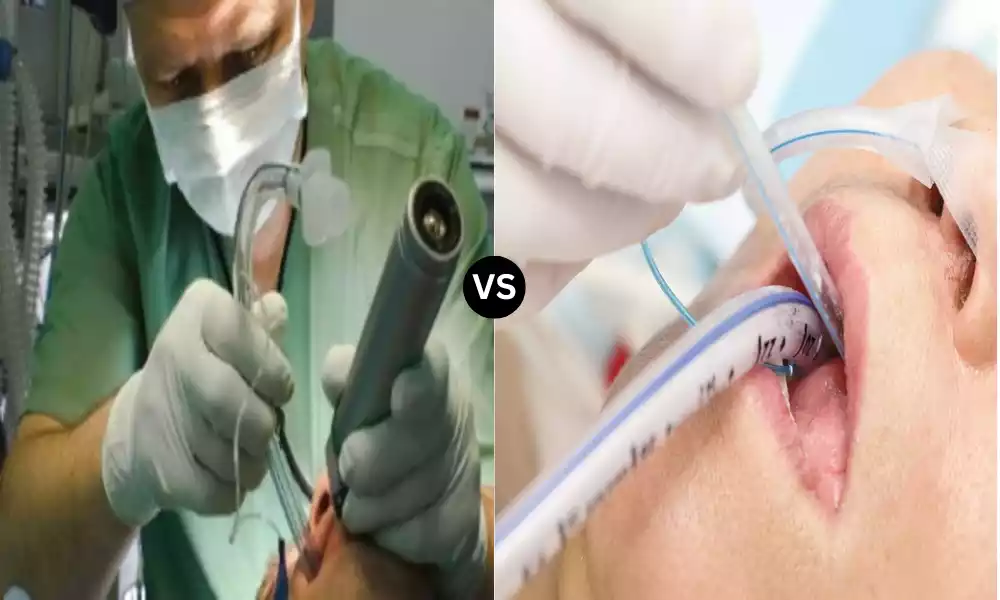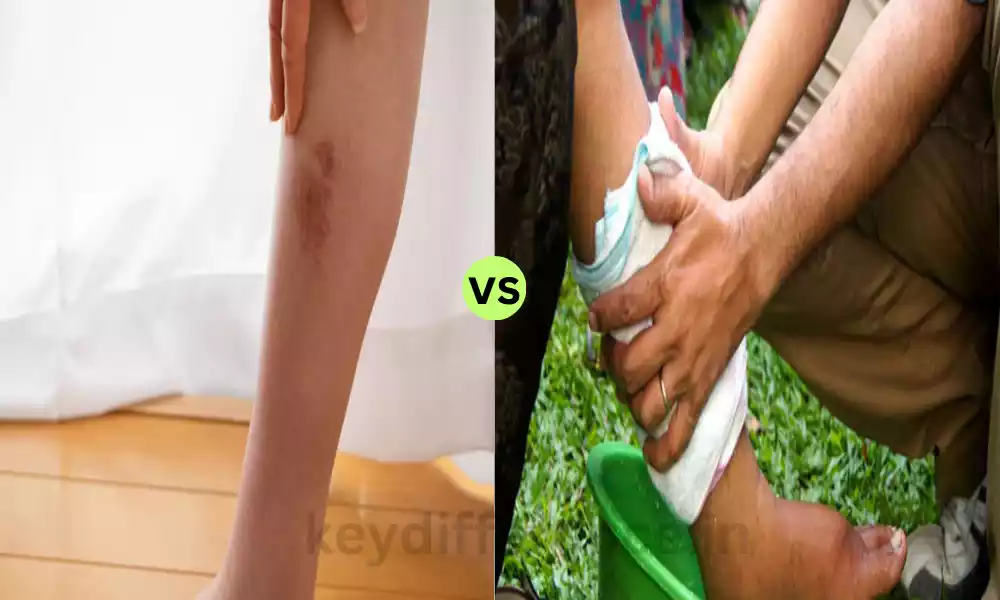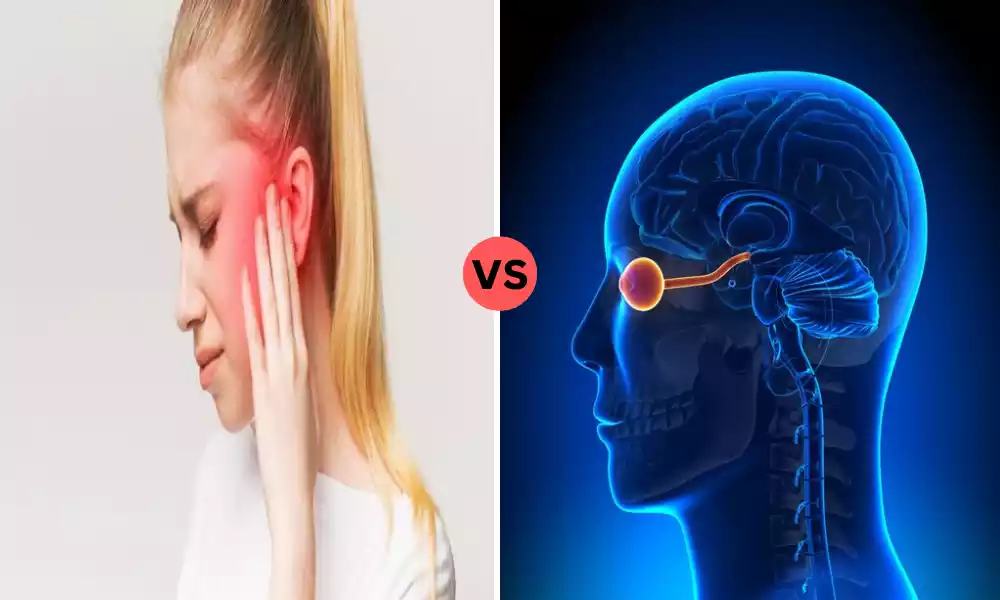Infantile spasms and the startle reflex are two phenomena commonly observed in young children, but they differ greatly.
While their similarities might seem misleading to an untrained eye, understanding their distinction is important for parents, caregivers, healthcare providers, and healthcare systems alike – misinterpreting one for another could lead to incorrect diagnoses and treatments which could do more harm than good.
This article attempts to clearly differentiate infantile spasms and startle reflexes by exploring features, causes, and why it’s essential to tell them apart.
What are Infantile Spasms?
Infantile Spasms, commonly referred to as West Syndrome, is a rare seizure disorder that typically appears between infancy and early childhood.
They are characterized by sudden involuntary muscle contractions in the neck, trunk, and extremities which often cluster together and may be related to various conditions like brain malformations, genetic disorders, metabolic diseases, or brain injuries.

What is the Startle Reflex?
The Startle Reflex, also referred to as the Moro Reflex among newborns, is an involuntary physiological response commonly observed among infants. Triggered by sudden environmental changes such as loud noises or quick movements, this reflex leads to infants throwing back their heads, and extending their arms and legs out.
They cry loudly before drawing their arms back in again and pulling arms and legs back together again – an inevitable part of neurological development that generally diminishes as babies mature.

Comparison Table of Infantile Spasms and Startle Reflex
| Feature | Infantile Spasms | Startle Reflex |
|---|---|---|
| Typical Age of Onset | 4 to 8 months (can range from a few weeks to 2 years) | Newborn to 3-6 months |
| Clinical Presentation | Sudden, involuntary muscle contractions affecting the neck, trunk, and extremities | Throws back head, extends arms and legs, cries then pulls arms and legs back in (Moro reflex) |
| Frequency | Often occurs in clusters | Single episodes triggered by various stimuli like loud noise or sudden movement |
| Posture During Episode | Bending forward or arching back, stiffening of arms and legs | Extending and retracting arms and legs, crying |
| Underlying Causes | Brain malformations, genetic disorders, metabolic diseases, brain injury | Normal neurological development, typically not linked to underlying conditions |
| Diagnosis | Clinical observation, EEG, and sometimes MRI | In clinical observation, no diagnostic tests are needed |
| Treatment | Antiepileptic drugs, corticosteroids, and sometimes surgery | No treatment is needed, usually diminishes naturally |
Importance of understanding the differences between parents, caregivers, and healthcare professionals
Parents:
Early Intervention: Differencing Infantile Spasms from Startle Reflex is key for early diagnosis and treatment of conditions like West Syndrome that benefit from prompt medical interventions.
Relieve Anxiety: Understanding that startle reflexes are part of normal development can provide parents with peace of mind.
Caregiver Support:
Accurate Reporting: Caregivers can more effectively report symptoms and behaviors to healthcare professionals if they understand these distinctions.
Appropriate Responses: Recognizing this difference will enable caregivers to take appropriate actions such as when to comfort a child or when medical assistance should be sought immediately.
Healthcare Professionals:
Diagnostic Precision: Physicians and healthcare providers benefit greatly from understanding all the nuances to make more accurate diagnoses that result in more effective treatment plans.
Patient Education: Skilled healthcare providers can educate parents and caregivers to better provide long-term care and understand their child’s condition.
By understanding the significance of these differences, all parties involved can make more informed decisions that will ultimately benefit a child’s health and well-being.
Causes and associated conditions
Infantile Spasms:
Brain Malformations: If structural abnormalities develop within the brain, infantile spasms could occur as a result.
Gene Disorders: Genetic conditions such as Tuberous Sclerosis Complex or Down syndrome have often been linked with Infantile Spasms.
Metabolic Diseases: Imbalances or disorders relating to metabolism may trigger spasms in some infants.
Brain Injuries or Trauma: Past injuries or infections to the brain may cause spasms.
Unknown Causes: Sometimes the causes remain unexplained or unknown.
Startle Reflex:
Normal Neurological Development:
The Startle Reflex is generally part of an infant’s developmental neurology and should not be linked with any serious conditions or illness.
Persistent Reflex: Startle Reflexes that persist beyond their natural age-related decline could indicate neurological issues, though such instances are rare.
Moro reflex is a form of startle reflex
The Moro Reflex, also known as Startle Reflex, is a type of Startle Reflex commonly observed in newborns. Dubbed after its first described doctor Ernesto Moro from Italy, this Reflex acts as an early indicator of their neurological health and serves as an early signpost.
Characteristics of the Moro Reflex
Trigger Stimuli: This reflex typically responds to sudden environmental changes such as being put down suddenly or hearing loud noises.
Physical Reaction: Infants usually respond to being startled by throwing back their heads, and stretching their arms and legs outward, before quickly retracting them before emitting a short cry.
Duration: The Moro reflex typically first becomes evident within three months of birth and fades over the following six months, eventually dissipating altogether by around twelve months old.
Importance of Moro Reflex in Early Diagnosis: Healthcare professionals often rely on Moro reflex measurements as a method for early identification of possible neurological issues.
Parental Awareness: Understanding that the Moro reflex is an age-appropriate developmental milestone can help allay any concerns parents might have about their infant’s startled responses.
Testimonies from healthcare professionals
Dr. Emily Thompson, Pediatric Neurologist: A clear understanding of Infantile Spasms and Startle Reflex is vital for early diagnosis and intervention. Unfortunately, parents and healthcare workers alike sometimes misinterpret these symptoms leading to delayed or inappropriate treatments.”
Nurse Sarah Williams, Pediatric Ward: Nurse Sarah Williams from the Pediatric Ward emphasizes how helpful parents can be in providing accurate reports on their children’s symptoms. Knowing the difference between normal reflex and potential seizure could make all the difference for early diagnosis.”
Dr. Richard Lee, Child Psychiatrist: Misinterpretations between Infantile Spasms and Startle Reflex can create unnecessary anxiety for families. Education is key here, and healthcare providers must do everything in their power to inform parents about these important distinctions.”
Dr. Karen Smith, Neonatologist: “We commonly perform the Moro reflex as one of the initial neurological checks on newborns. This natural reflex allows us to assess a child’s neurological status, making it crucial for parents to understand its normalcy.”
Reference Books
- “Infantile Spasms: Diagnosis, Management and Prognosis”
- Author: Dr. Helen Cross
- Publication Year: 2018
- “The Developing Brain: Birth to Age Eight”
- Author: Marilee Sprenger
- Publication Year: 2015
- “Child Neurology: A Clinical Manual”
- Author: Dr. Stephen J. Falchek
- Publication Year: 2020
- “The Newborn Brain: Neuroscience and Clinical Applications”
- Author: Hugo Lagercrantz
- Publication Year: 2019
Conclusion
Understanding the differences between Infantile Spasms and Startle Reflex aren’t simply academic. They’re essential components of an infant’s health and well-being.
With insights from healthcare providers, an exhaustive comparison, and access to resources for further education and support from this article’s detailed comparison, knowledge is the first step in providing optimal care for our youngest and most vulnerable population members.







